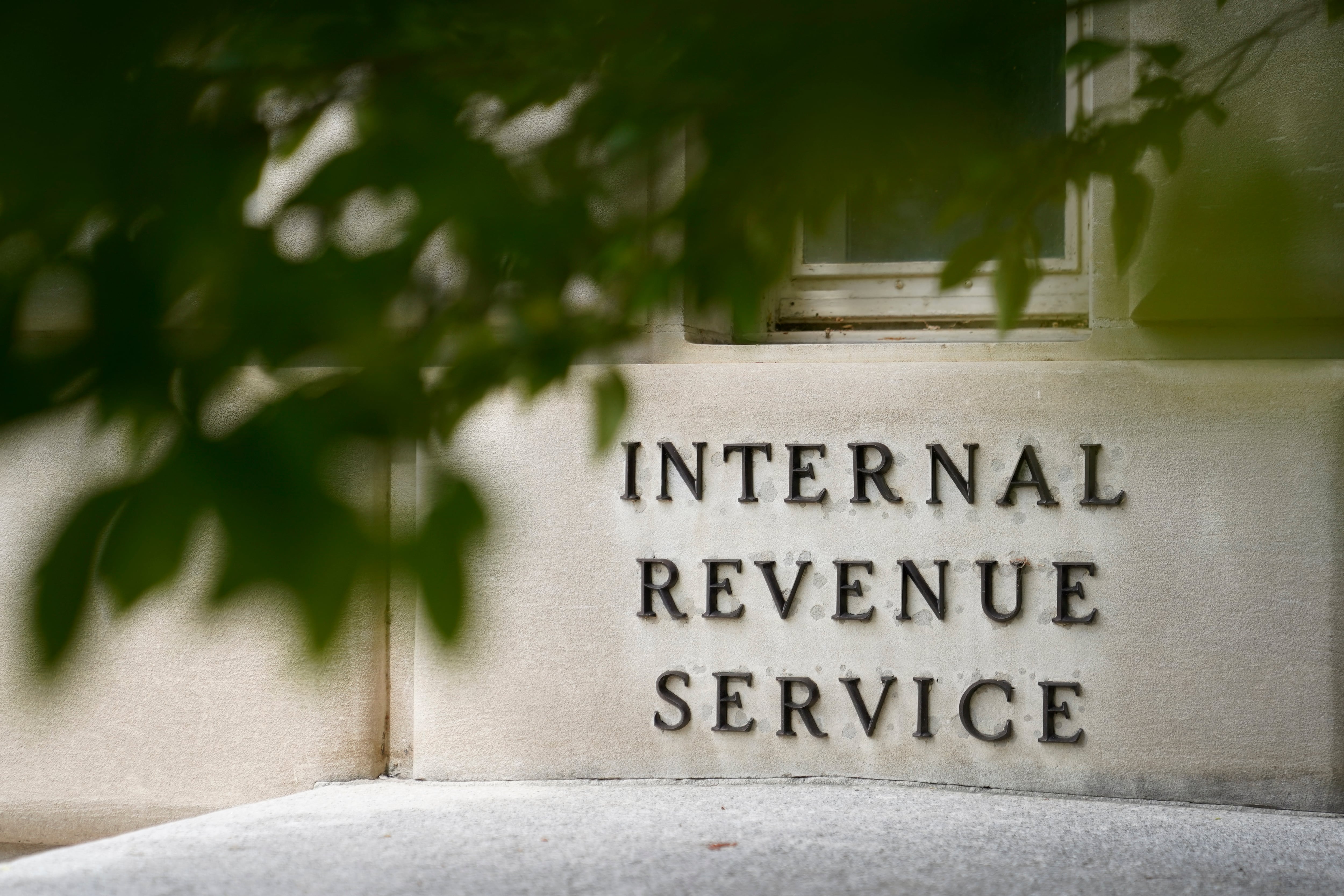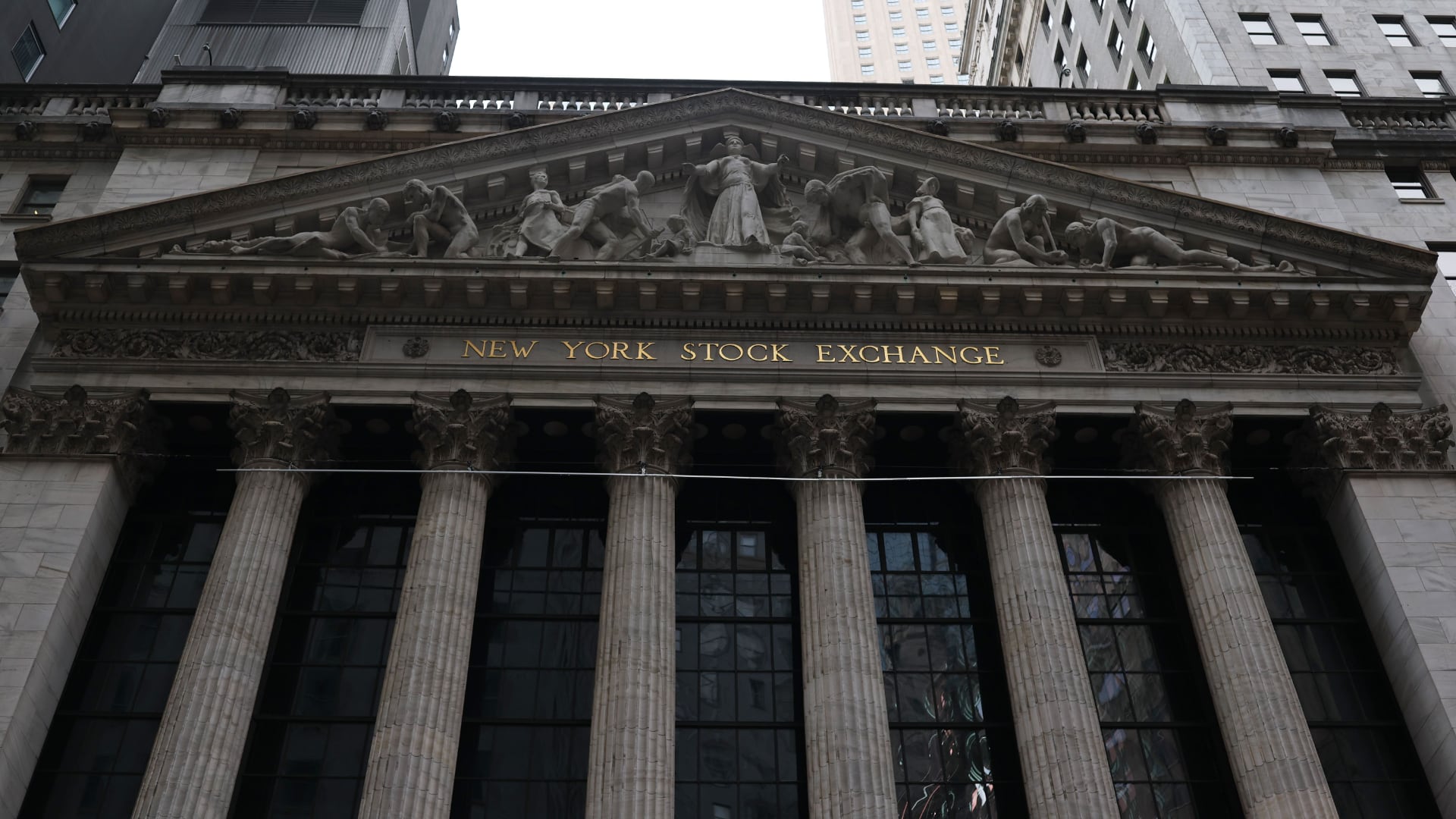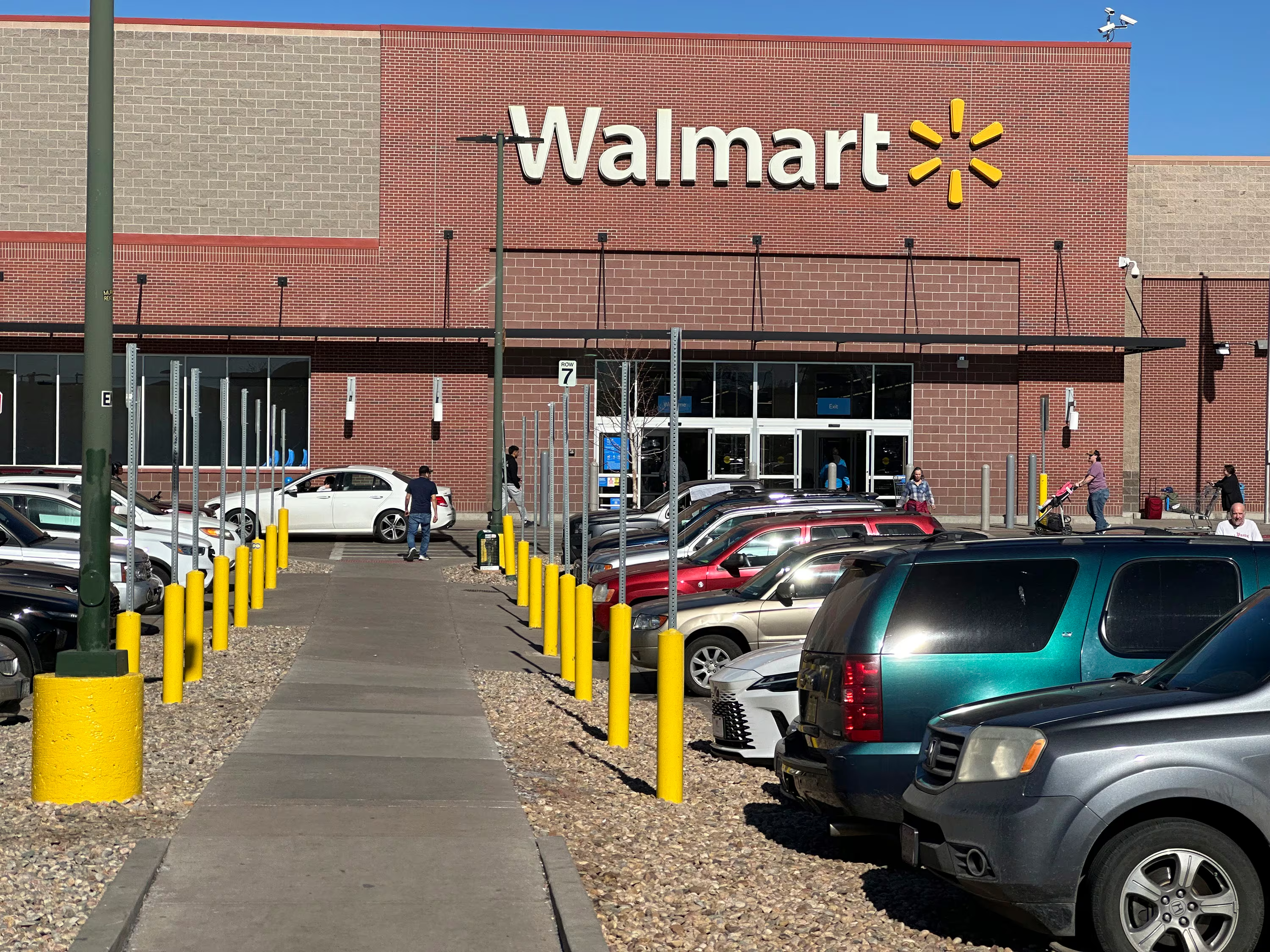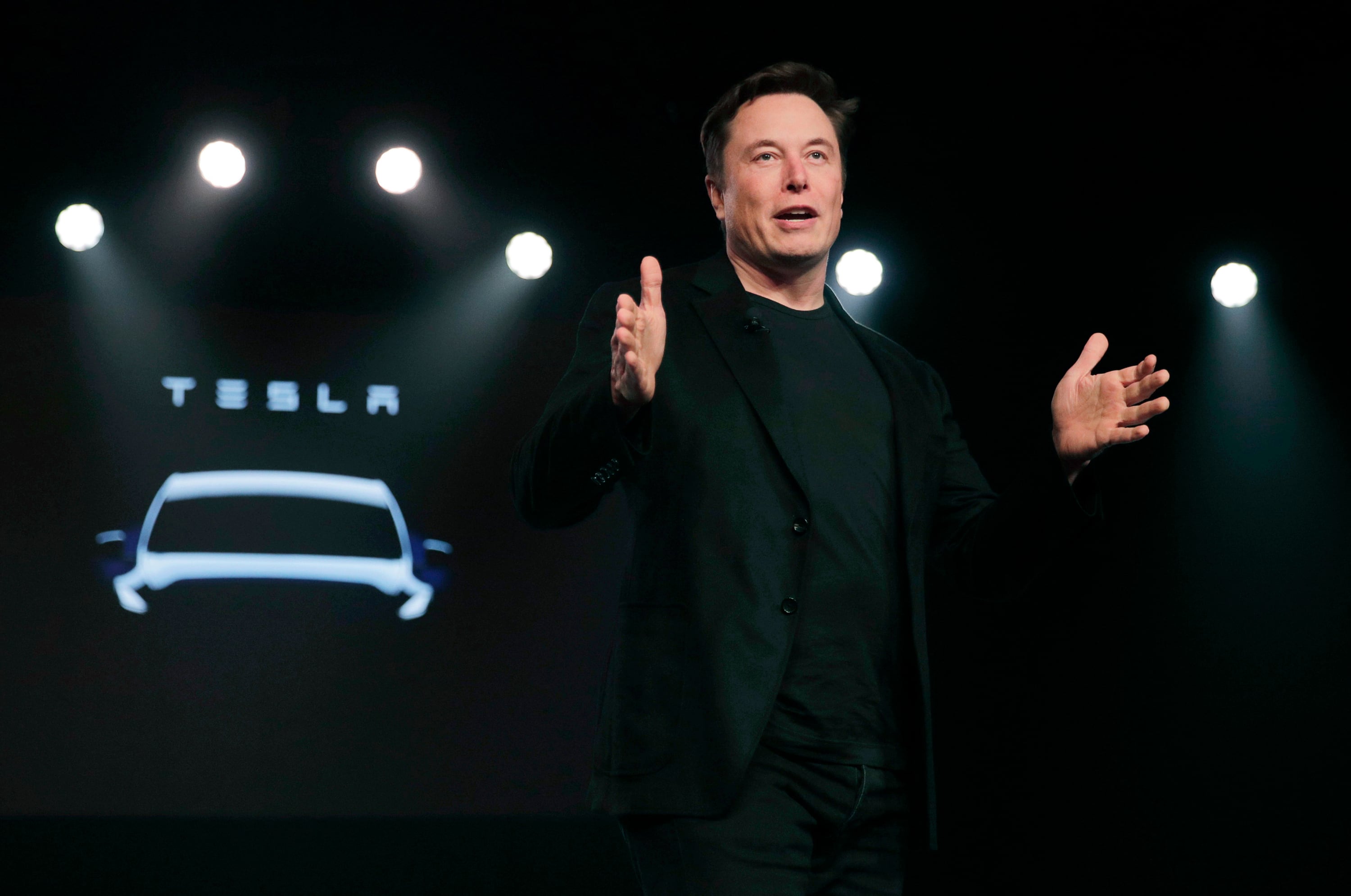By Christopher Rugaber
Squeezed by painfully high prices for two years, America’s households have gained some much-needed relief with inflation reaching its lowest point since early 2021 — 3% in June compared with a year earlier — thanks in part to easing prices for gasoline, airline fares, used cars and groceries.
The inflation figure the government reported Wednesday was down sharply from a 4% annual rate in May, though still above the Federal Reserve’s 2% target. From May to June, overall prices rose 0.2%, up from just 0.1% in the previous month but still comparatively mild.
Even with Wednesday's better-than-expected inflation data, the Fed is considered all but sure to boost its benchmark rate when it meets in two weeks. But with price increases slowing — or even falling outright — across a broad range of goods and services, many economists say they think the central bank could hold off on what had been expected to be another rate hike in September, should inflation continue to cool.
“It takes the second hike off the table, if that trend continues," said Laura Rosner-Warburton, senior economist at MacroPolicy Perspectives. “They're probably on hold for the rest of the year.”
On Wall Street, investors cheered the encouraging inflation news, sending stock and bond prices sharply higher. The broad S&P 500 index rose 1% in midmorning trading.
The Fed has raised its benchmark rate by a substantial 5 percentage points since March 2022, the steepest pace of increases in four decades. Its expected hike this month will follow the central bank’s decision to pause its rate increases last month after 10 consecutive hikes.
Over the past two months, inflation has slowed rapidly — from nearly 5% in April to just 3% now. Much of that progress reflects the fading of big spikes in food and energy prices that followed Russia's invasion of Ukraine last spring.
Other major drivers of higher prices, though, are also beginning to fade. Used car prices sank 0.5% from May to June, after two months of big spikes. And rental costs slowed further in June, reflecting the construction of more apartments across the country.
Excluding the volatile food and energy prices, so-called core inflation was lower last month than economists had expected, rising just 0.2% from May to June, the smallest monthly increase in nearly two years. Compared with a year ago, it does remain relatively high, at 4.8%, but down from a 5.3% annual rate in May.
Some economists have suggested that if inflation keeps slowing and the economy shows sufficient signs of cooling, the July increase could be the Fed’s last.
The year-over-year inflation figure for June marked the mildest such increase since March 2021, when the current bout of painfully high inflation began as the economy roared out of the pandemic recession.
Used-car prices, among other items, have been falling. Automakers are finally producing more cars as supply shortages have abated. New-car prices, too, have begun to ease as a result.
A sustained slowdown in inflation could bring meaningful relief to American households that have been squeezed by the price acceleration that began two years ago. Inflation spiked as consumers ramped up their spending on items like exercise bikes, standing desks and new patio furniture, fueled by three rounds of stimulus checks. The jump in consumer demand overwhelmed supply chains and ignited inflation.
Many economists have suggested that President Joe Biden’s stimulus package in March 2021 intensified the inflation surge. At the same time, though, inflation also jumped overseas, even in countries where much less stimulus was put in place. Russia’s invasion of Ukraine also triggered a spike in energy and food prices globally.
Now, though, gas prices have fallen back to about $3.50 a gallon on average, nationally, down from a $5 peak last year. And grocery prices are rising more slowly, with some categories reversing previous spikes.
Egg prices, for instance, have declined to a national average of $2.67 a dozen, down from a peak of $4.82 at the start of this year, according to government data. Egg costs had soared after avian flu decimated the nation’s chicken flocks. Despite the decline, they remain above the average pre-pandemic price of about $1.60. Milk and ground beef remain elevated but have eased from their peak prices.
Still, the cost of services, like restaurant meals, car insurance, child care and dental services, continue to rise rapidly. Auto insurance, on average, now costs 17% more than it did a year ago.












